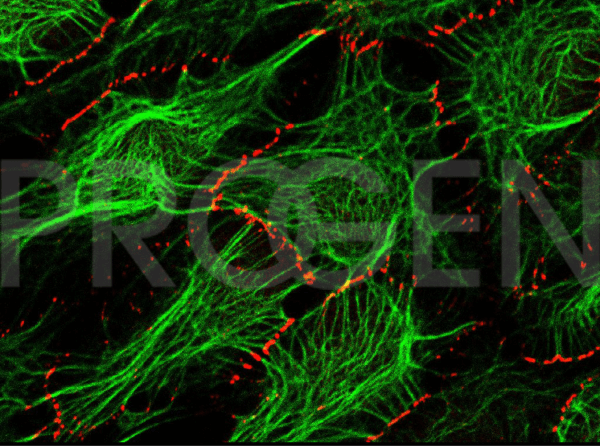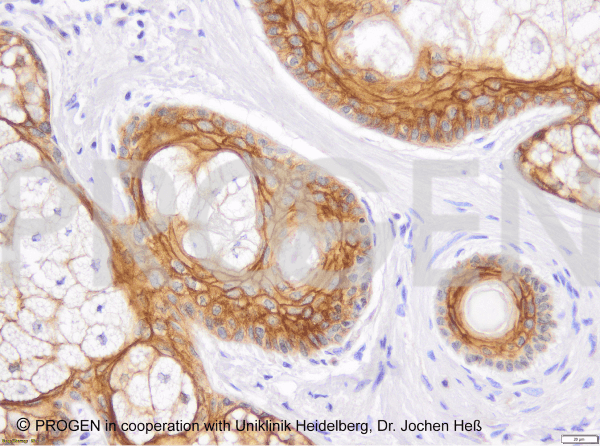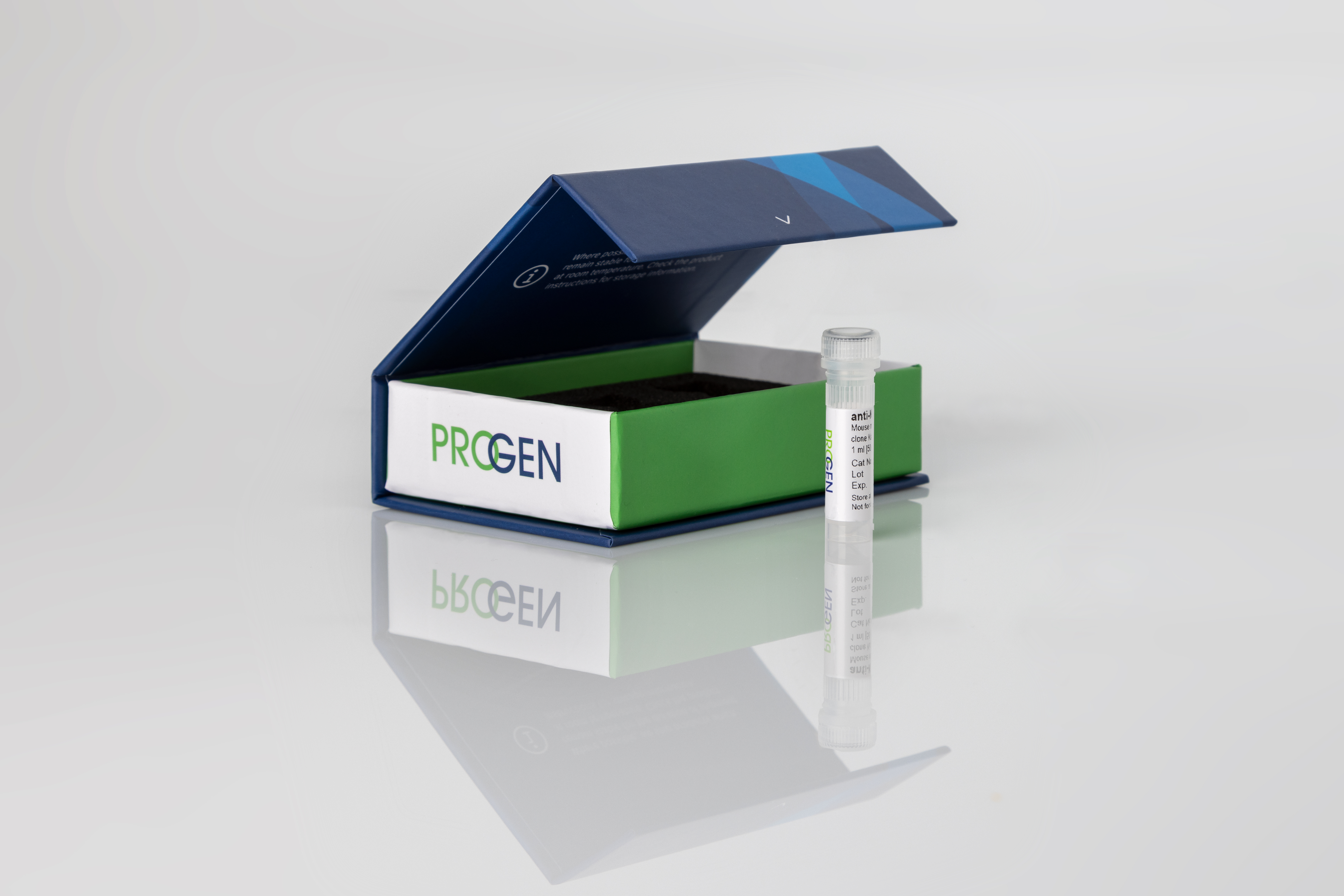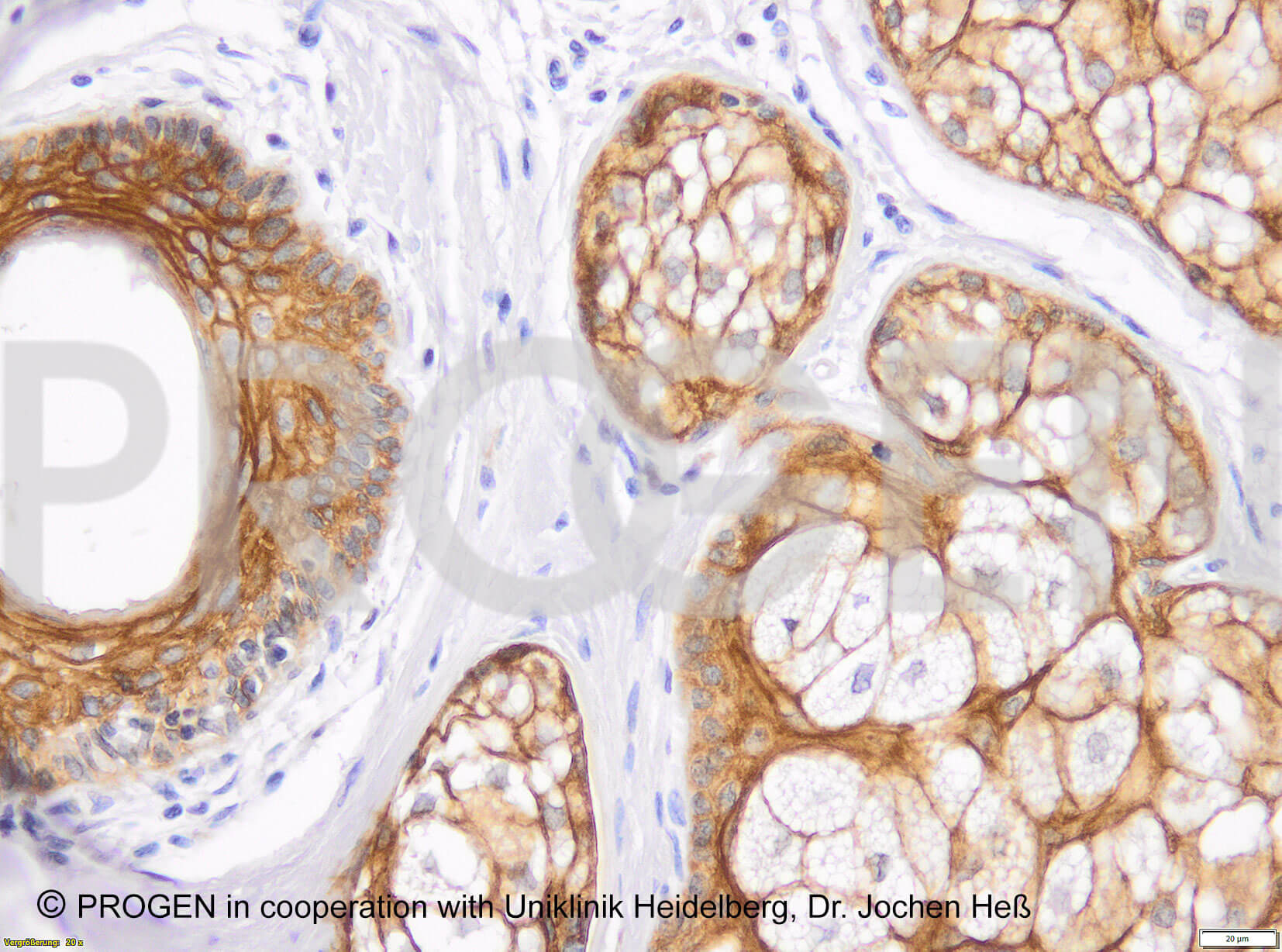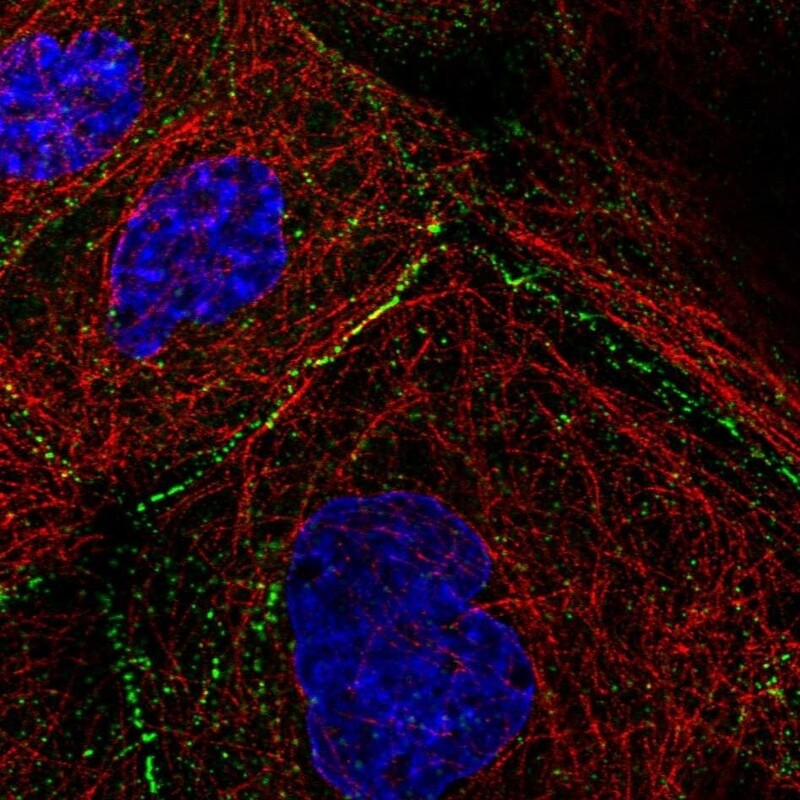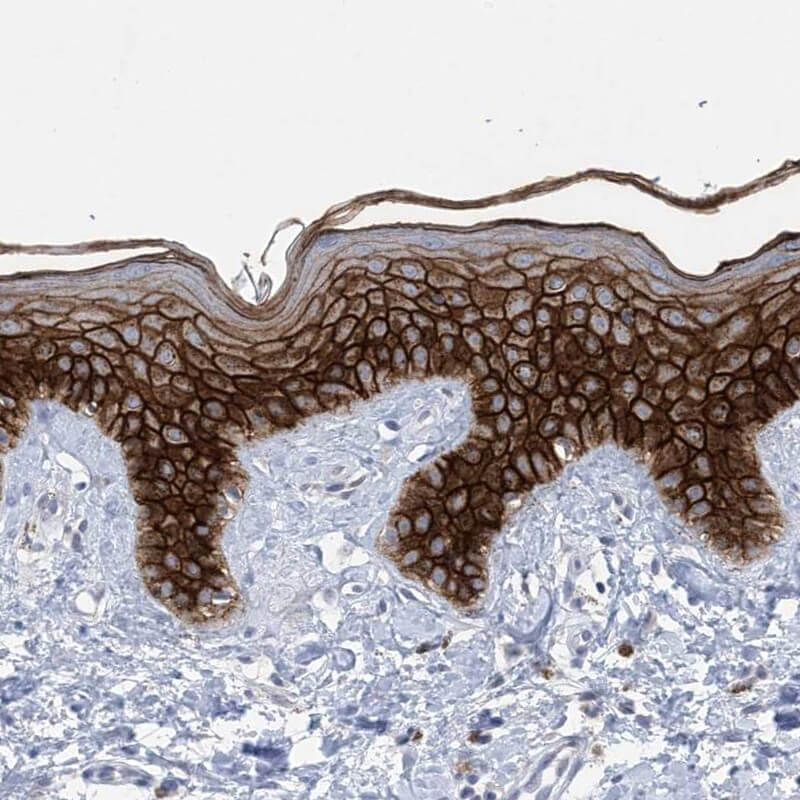The main functions of membranes are to form the shape and to regulate the exchange of substances from one side to the other through selective permeabilty. However, membranes also enable the messaging from one cell to another by the possibility to receive messages and process a proper response to a chmical or electrical signal.
In general, biological membranes consist of a lipid bilayer, a double sheet of different lipid molecules, called the phospholipid bilayer. In addition, specific membrane proteins and sugars are components of lipid bilayers. While membrane proteins help maintaining the structural integrity of membranes as well as its organization and the flow of materials, sugars are usually located on one of the sides of the bilayer and are bound to specific lipid or proteins. A biological membrane contains three types of lipids, phospholipids, glycolipids and sterols with each of the having a different properties. By adding sugars to lipids or proteins, these molecules can function as markers, e.g. some carbohydrate markers are present in diseases like cancer and can be used for diagnostics.
Browse Membrane, Cytoskeleton & ECM Antibodies
